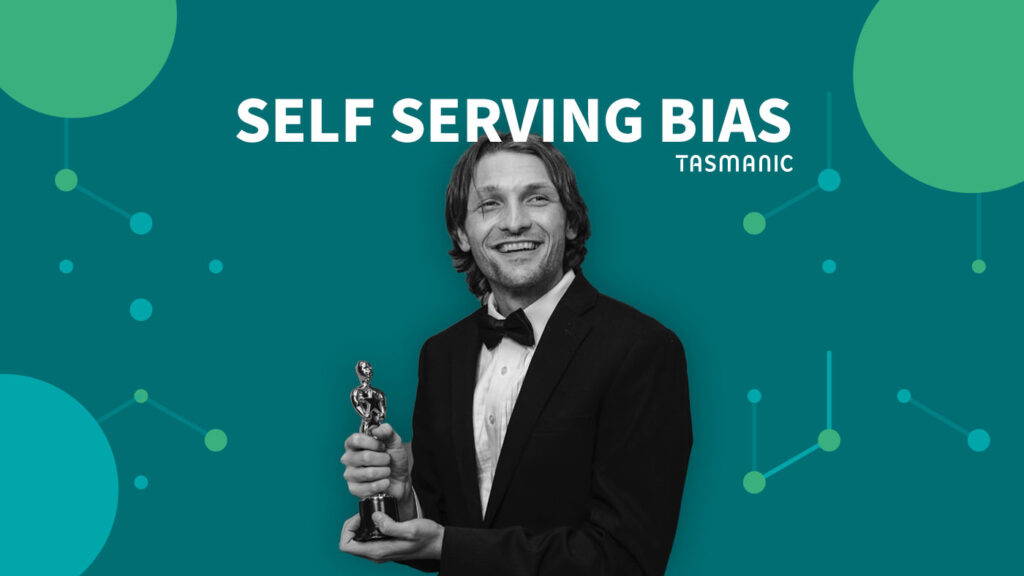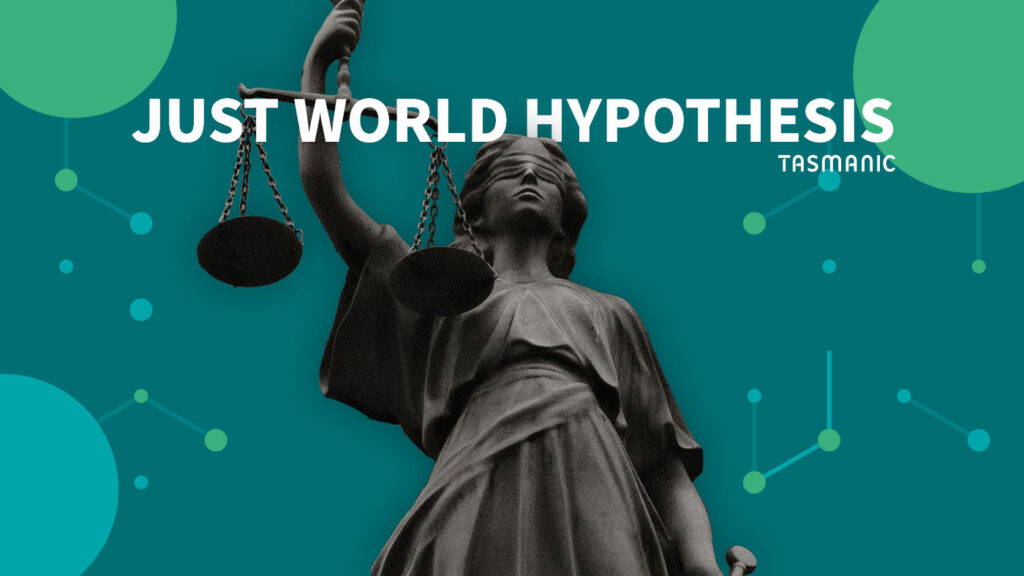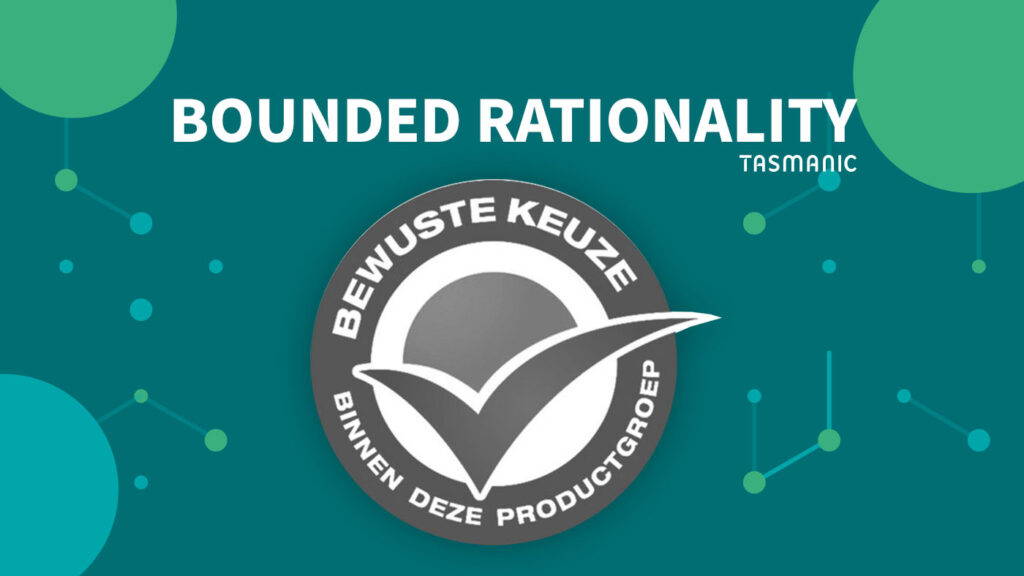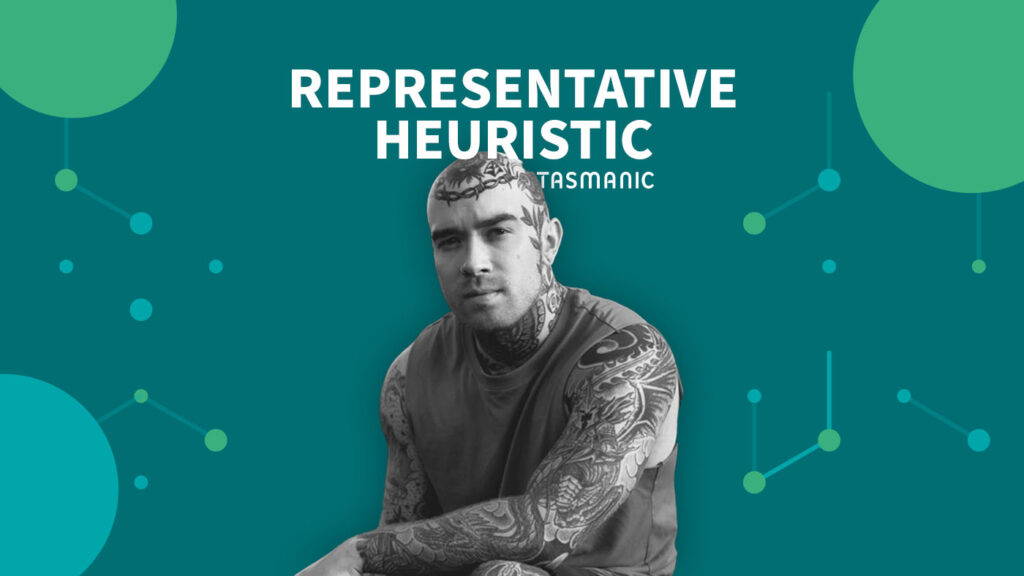
Last updated December 19, 2024
Introduction
Picture this: A new employee comes in who looks exactly like your most successful salesperson ever. You immediately predict he's going to be a top performer. Or a potential client who looks like your ideal target - you're already convinced of a deal. But beware: your brain is playing you a clever game here! Recognize this? That intuitive first impression you immediately form about new employees, clients or business opportunities? Then this article is a must-read. We're going to explain to you exactly how this unconscious thinking strategy works, the risks involved, and - more importantly - how you can cleverly deal with this natural tendency of your brain.
Want to improve your decision-making and prevent biases from undermining your business success? Read on!
What is the representativeness heuristic?
We base the probability that object or event A belongs to category B on the similarities or differences of A with B. This can lead to biases and errors of judgment (Kahneman & Tversky, 1974).
The representativeness heuristic is a biased judgment. When we need to estimate the likelihood of something happening or being like this, we will base this estimate on a similar thing that has happened or is known to have happened before. This is where stereotypes play a big role. We emphasize the similarities or differences with a stereotype in order to make a decision more quickly.
But instead of comparing with representative examples, we should be open to new, additional information to make the right decisions and not develop tunnel vision. Instead of superficial similarities, we should look at objective probabilities. After all, similarity to a particular stereotype says nothing at all about the probability of a particular outcome. Not everything always fits into a box or category. Sometimes no label fits and the stereotype actually creates a distorted picture.
The representativeness heuristic is also somewhat like van de gambler’s fallacy. Researchers even believe that the representativeness heuristic underlies several other mentale denkfouten staat.
How does the representativeness heuristic arise?
Every day we have hundreds of choices to make, but our mental capacity is limited. The faster we can make a choice, the nicer it is for our brain. Cognitive shortcuts are essentially a protective mechanism of our body. It saves energy when we don't have to completely figure out how something is, but can fall back on something we already know, such as a stereotype. It also makes something new less exciting.
Learning something new takes a lot of time, and time is scarce. We couldn't even remember it all if we had to store information about each thing separately! So we categorize. Categorizing was already happening in the time of the Greeks. Grouping or categorizing things helps us get through the day and understand the world around us. The average of such a category is the stereotype or prototype (Tversky & Kahneman, 1981). Basing our opinion on this prototype creates the representativeness heuristic. We know a category, we encounter something from that category that resembles the prototype, and we intuitively make a decision based on our knowledge. Because there has to be a connection between that, right?
Examples in practice
- If you see a bull running, then based on your knowledge about the category of bulls, you know that you had better stay away, because this bull is also likely to be dangerous.
- If you see a product from an unknown brand listed that is very similar to a well-known brand, you will subconsciously think it has similar performance when you don't have more information available.
- Dating sites: the first impression you have of someone is often based on stereotypes.
Using the representativeness heuristic to your advantage
- It starts with awareness. When you are aware that you are doing this, you are less likely to make snap judgments. You often then correct your original judgment (Gilovich & Savitsky, 1996).
- Think carefully about the packaging and what image you want to project. A picture of fruit or vegetables on the packaging, for example, can give the impression that this product belongs in the healthy product category.
- Get celebrities or influencers to recommend the product or service, to let the positive attributes of this person influence the image of the product and make consumers identify with the person. For example, an athlete can make it appear that a particular drink makes you fitter.
- Create a corporate image that closely resembles successful, respected brands in your industry. Use similar color palettes, design elements and communication style that evoke associations with reliability and professionalism.
Resources
Gilovich, T., & Savitsky, K. (1996). "Like goes with like: The role of representativeness in erroneous and pseudoscientific beliefs." The Skeptical Inquirer, 20 (2), 34-30.
Tversky, A., & Kahneman, D. (1974). "Judgment under uncertainty: heuristics and biases." Science, 185(4157), 1124-1131.
Tversky, A., & Kahneman, D. (1981). "Judgments of and by representativeness." (No. TR-3). Stanford Univ Ca Dept of Psychology.
Are the results from your online marketing disappointing?
Request our no-obligation performance scan and we'll tell you where you're going wrong.

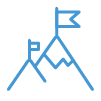













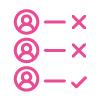

 Team
Team FAQ
FAQ Vacancies
Vacancies Contac
Contac AWR
AWR Ahrefs
Ahrefs Channable
Channable ContentKing
ContentKing Leadinfo
Leadinfo Optmyzr
Optmyzr Qooqie
Qooqie Hubspo
Hubspo Semrush
Semrush


